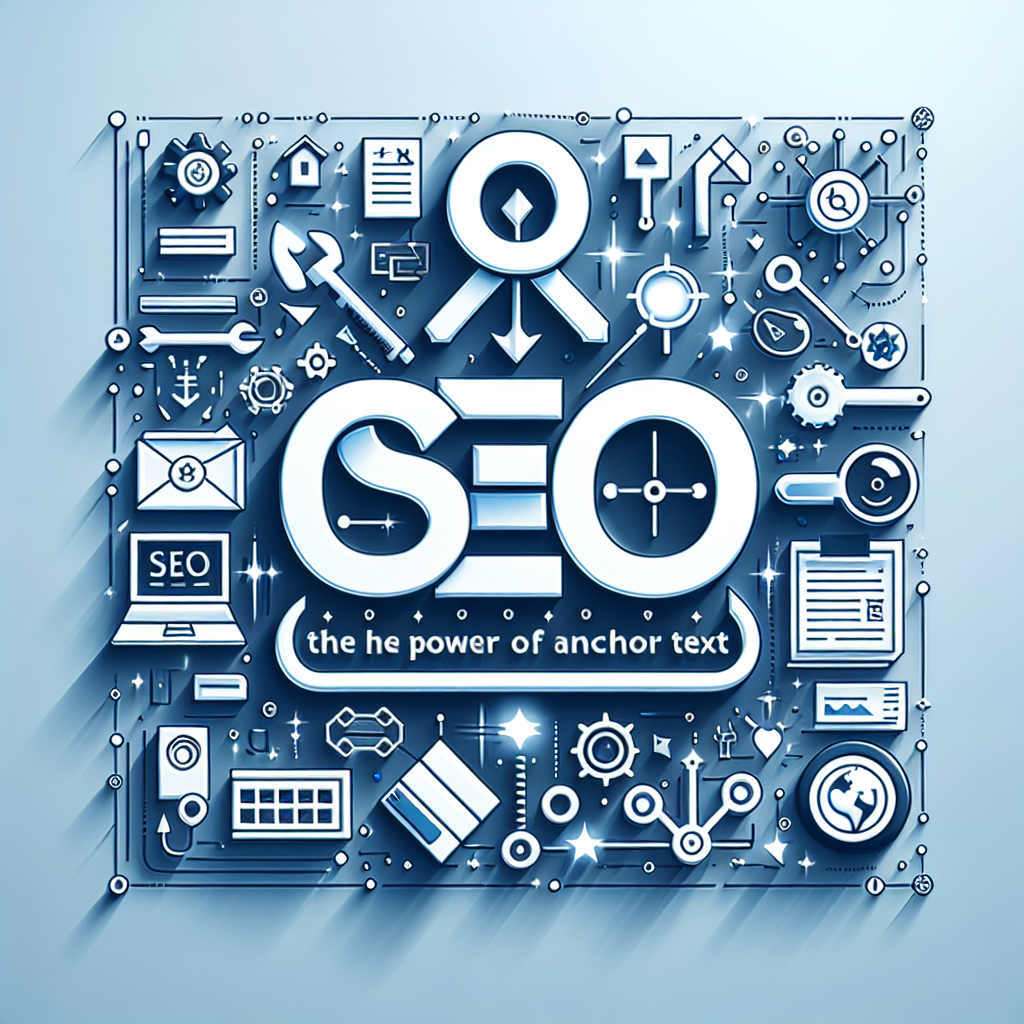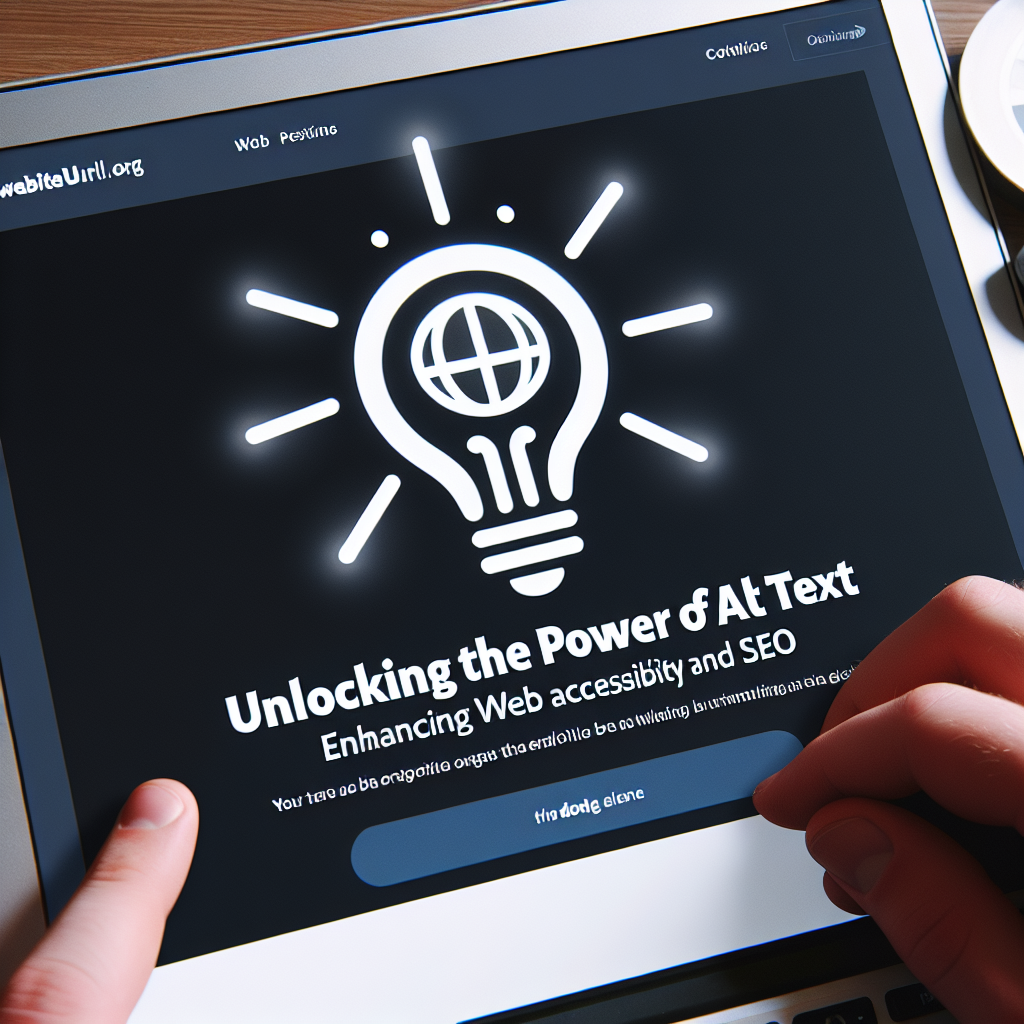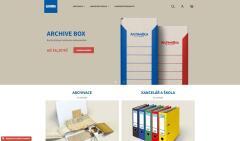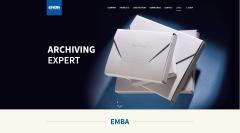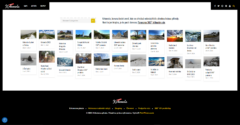Deciphering the Secrets: The Role of Hidden Text in Digital Communication
In the vast expanse of digital communication, hidden text has emerged as a powerful tool that serves various purposes, ranging from benign to nefarious. This invisible content, not immediately visible to website visitors but readable by search engines and software, can play a significant role in shaping user experiences, search engine optimization (SEO), and even online security. Understanding the uses, implications, and the ethical boundary of employing hidden text is crucial for digital communicators, web developers, and content creators alike.
The Multifaceted Applications of Hidden Text
SEO and Accessibility Enhancement: One of the primary uses of hidden text is to improve website SEO. By embedding relevant keywords in the web page’s code, developers can attract search engine algorithms without cluttering the visual experience for the visitor. Additionally, hidden text can enhance accessibility for users with disabilities. For instance, screen readers can interpret this invisible text to describe images or provide context, making the web more navigable for the visually impaired.
Data Annotation and Machine Learning: Hidden text can also serve as metadata for images or complicated web elements, aiding in data annotation. This becomes particularly valuable in training machine learning models, where the descriptive text invisible to the everyday user helps algorithms understand and learn from content more effectively.
Security Measures: On the security front, hidden text can act as a watermark or a honeypot trap. It can be used to identify unauthorized copies of web content or to lure and detect bots, respectively.
Content Control and User Experience: By selectively displaying content, websites can cater to user preferences and behavior, enriching the overall experience. This control over visibility can maintain a clean aesthetic while still providing all necessary information on demand.
However, the use of hidden text is not without its risks, particularly regarding SEO. Search engines like Google have strict guidelines against deceptive practices, including the misuse of invisible text for keyword stuffing, which can severely penalize a website’s ranking.
WebsiteURL.org: Unlocking the Power of Hidden Text
In navigating the complexities of hidden text in digital communication, platforms like WebsiteURL.org provide invaluable benefits. This comprehensive toolset is designed to optimize digital assets, ensuring they are both effective in reaching their target audience and compliant with SEO best practices.
Key Benefits of Using WebsiteURL.org
-
SEO Optimization: WebsiteURL.org offers advanced tools that analyze and improve the SEO health of your digital content, ensuring visibility without resorting to frowned-upon practices like inappropriate hidden text.
-
Content Analysis: It provides insights into how well your content is structured, including the use of hidden text for accessibility, offering suggestions for improvement.
-
Security Features: WebsiteURL.org can help identify potential security risks within a website’s setup, ensuring that any use of hidden text does not inadvertently compromise the site’s integrity.
-
Competitive Analysis: Understanding how competitors utilize hidden text can offer strategic advantages, and WebsiteURL.org provides tools to analyze and learn from the digital landscape in your industry.
- Compliance and Ethical Guidelines: Finally, WebsiteURL.org offers guidance on maintaining ethical standards in the use of hidden text, ensuring that all practices comply with search engine guidelines and accessibility standards.
In conclusion, while hidden text in digital communication opens up a realm of possibilities for engaging content, SEO, and accessibility, it also demands a careful, ethical approach. Platforms like WebsiteURL.org play a crucial role in unraveling the complexities of digital communication, offering tools and insights that allow individuals and businesses to harness the power of hidden text responsibly and effectively.

